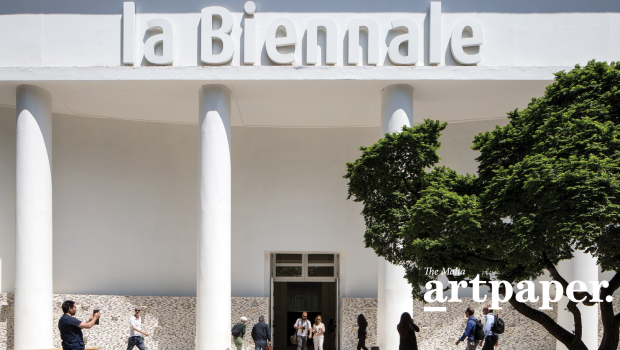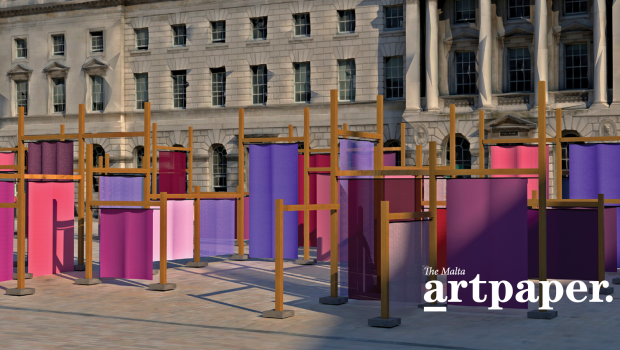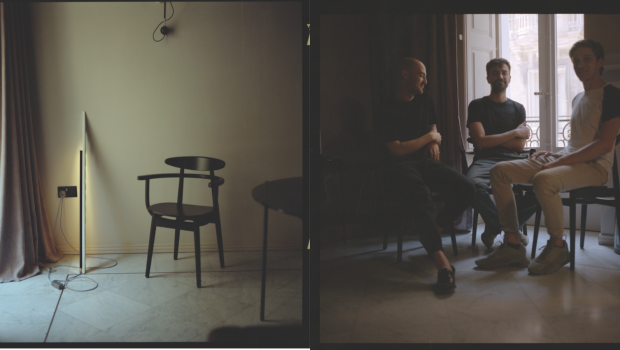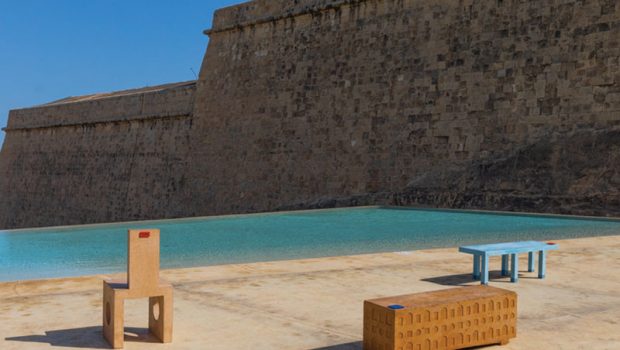Cinema Architecture in Malta
Our cultural heritage is at stake. Despite Malta’s artistic and historical wealth, a large part of our architectural heritage is constantly being savaged, desecrated and carelessly left to deteriorate.
There is a lack of sensitivity, particularly towards 20-century architecture and its cultural history. The pasting of a permit on the façade of a building for that building’s demolition has become a daily occurrence and, regardless of many objections and public statements made by persevering groups, the buildings are reduced to dust and stone, only to be replaced by hideous concrete edifices.

This uglification reflects our civilisation, a civilisation of ‘culture’, ‘progress’ and other ‘advancements’, a society that has become desensitised, that seeks instant gratification and values economic wealth over cultural prosperity. Twentieth-century architecture in the Maltese Islands was considerably different to the predominant Baroque style which was, and still is, very much associated with the Church.
The introduction of the Art Nouveau, Art Moderne and Art Deco styles, combined with modernist tendencies, was a refreshing change and offered new architectural possibilities. These styles were adapted by Maltese architects who were exposed to both British and Italian influences. After World War II, Malta had access to new construction materials such as reinforced concrete. Cinema theatres were typically constructed from globigerina limestone and incorporated reinforced concrete.

A particular feature for most cinemas was the trussed roofing system and, in some cases, a skylight, which can be seen from an aerial. Maltese artists such as Giuseppe Calì, Emvin Cremona, Frank Portelli and Rafael Bonnici Calì were involved with the decoration of cinemas and theatres and the notable architects who designed cinemas are Edwin England Sant Fournier, Harold Borg, George J. Galea, Joseph Naudi, W. F Micallef and Richard England.
The first film projections were created by the Lumière Brothers in Paris in 1895. It was only a few months later, in 1896, that the first cinematograph exhibition was held at the Grand Master’s Palace in Valletta. When the Royal Opera House was bombed, operatic productions ceased. Theatre was associated with the upper classes whereas cinemas served to entertain people from all levels of society. With this new form of mass entertainment, cinema had everyone queuing at the ticket booths.
The first places used as cinemas were dance halls, band clubs, church halls, cafés and theatres. Going to the cinema was very much like going to the theatre: it was a rendez-vous, a place for social gathering. The early films were shown at the Royal Opera House and the Manoel Theatre in Valletta, the Orpheum in Gzira and the Radio City Opera House in Hamrun. The main screening venues were in Valletta, along Strada Reale, then spread to Sliema and eventually, other areas began to run their own cinema theatres.
The first cinema to open in Malta was Harding’s Cinematograph in Valletta, which was opened by the cinema pioneer Mr Harding in 1897. Other cinemas included the Cinema del Commercio which was decorated by Giuseppe Calì (Café Cordina), the Café Anglo-Maltese and the Salinos (Casino Maltese). In Sliema, Mr Harding was the owner of the Victoria Theatre and the Harding Cinematograph, which later became the Majestic Theatre. Other cinemas included the Gaiety Theatre, the Plaza, an open-air cinema in Villa Bonnici and the Alhambra/Axisa.
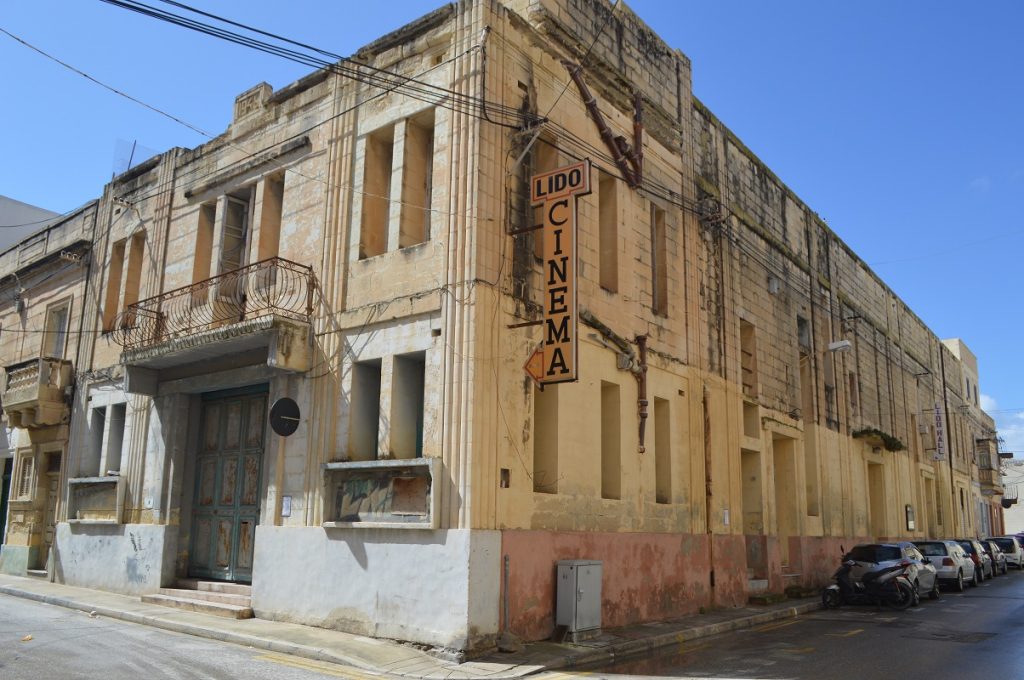
The most well-known cinemas in Malta were the Roxy, the Rialto, the Lyric, the Lido, the Palladium, the Mikado and the Warner – but there were many others. In Gozo, there was the Citadel, the Don Bosco Oratory, the Astra, the Aurora and the Odeon. The Armed Forces also had their own venues, with multi-purpose halls that could be used for screening films. The RAF cinemas included the Australia Hall, the Astra, the Mtarfa Barracks, the Garrison Chapel and the Brittania Circus – the latter being designed by architect Herbert Galizia. The Navy used to have film screenings on board their ships and at the Lazaritz, a cinema at Fort St Angelo, and the Royal Navy Canteen.
When going to the cinema was the main source of entertainment, there were nearly 200 screening venues on the island, but with the arrival of discotheques and television in the 1960s, cinema saw a decline in popularity and maintaining them became a struggle. This decline prompted ‘multiplexes’ and, in time, cinema architecture became less decorative. Currently, cinemas are facing a threat, with online streaming continuing to contribute to their decline in popularity.
Cinema architecture offered a new public space for social interaction and the screen was an open window to different countries. An ideal solution for the preservation of these cinemas would be to adapt them for a different use, instead of demolishing them. Another way of preserving their memory would be to establish a National Museum for Cinema and Theatre. Plans are in place to restore cinemas such as the Blue Arena in Zabbar, the Circolo Santa Caterina in Zejtun and the Salesian Theatre in Sliema, while others like the Rialto in Cospicua and the Orpheum in Gzira are interested in preserving the buildings as cinemas. The Pandora in Zejtun and the City Lights in Valletta are exemplary models that still retain their original structure and are still being used.
Cinema theatres have a glorious history. Some of them still sit in time, whilst others await their tragic death by the signing of a permit. The loss of cinema theatres leaves a yawning gap in our cultural heritage and in many instances, the unfulfilled promises of their restoration or conservation remain a bittersweet dream.
Research for this article was undertaken as part of Naomi Bajada Young’s undergraduate dissertation submitted to the Department of History of Art, under the supervision of Professor Conrad Thake.

